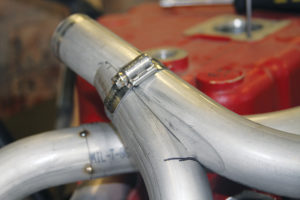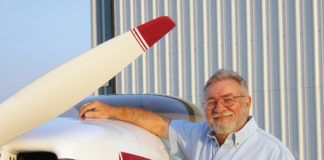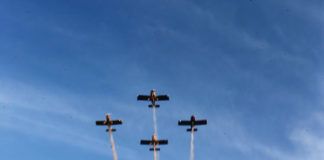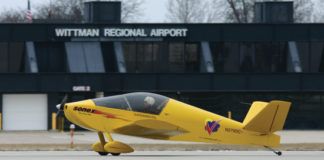I have seen this happen many times – a well meaning builder posts a picture on the Internet at the request of some other builder who wants to see a detail of the first builder’s project. For instance, he wants to see how the builder hung an exhaust pipe. It turns out that the photo was taken when the airplane was still a project, with unfinished wiring or plumbing. The next thing that happens is that other builders and pilots get in on the discussion, telling the picture’s poster about his unfinished fuel line restraint, or the lack of a cotter pin on his throttle bug nut. More posting ensues as the original (well intentioned) poster is excoriated for his unsafe airplane and building practices. It never ends well, with innocent bystanders sometimes ending up as collateral damage.

This brings up the photographic dilemma we all face – posters and readers alike. On the one hand, we should understand that the picture of an exhaust hanger should just be taken as a picture of an exhaust hanger – and everything else in the picture should be ignored. That is, after all, the intent. On the other hand, pictures on the Internet are forever, and are often used out of context. Some later rookie builder might come along and use the picture to figure out just how someone else attached their throttle cable – and knowing no better, leave theirs un-safetied. The picture is a bad example for anything but an exhaust hanger, but some may not know this. Search engines contribute to the problem, delivering large quantities of pictures without their accompanying text.
Internet forums being what they are, someone decides to point out all of the defects in the picture, the original poster gets offended, and an argument ensues – the point of the exhaust hanger being lost entirely. Worse, the person who is offended leaves the community – which leaves the community less rich in overall knowledge.
There are several easy ways to deal with this that can lessen the chances of all-out thermonuclear war within the community. The first is for the person who posts the original picture to point out that the airplane is unfinished, and everything in the picture except the point of interest should be ignored. If they don’t do that, and as a viewer, you just can’t stand pointing out that there are problems in the picture, you can say “I am sure that the original poster knows that his throttle cable wasn’t finished, and those who aren’t as experienced should make sure not to take this as an example.” In other words – rather than implying that the original poster is a poor builder, give them the benefit of the doubt. It’s just a communication skill we all should learn. If you really think that the original poster has made and missed a mistake, let them know about it privately – they might then point it out themselves later on.
We’re all in this together folks – and by definition, it is for our “education and recreation”. No reason to play hardball with anyone – let’s assume that we are all working together to better everyone’s airplanes.




